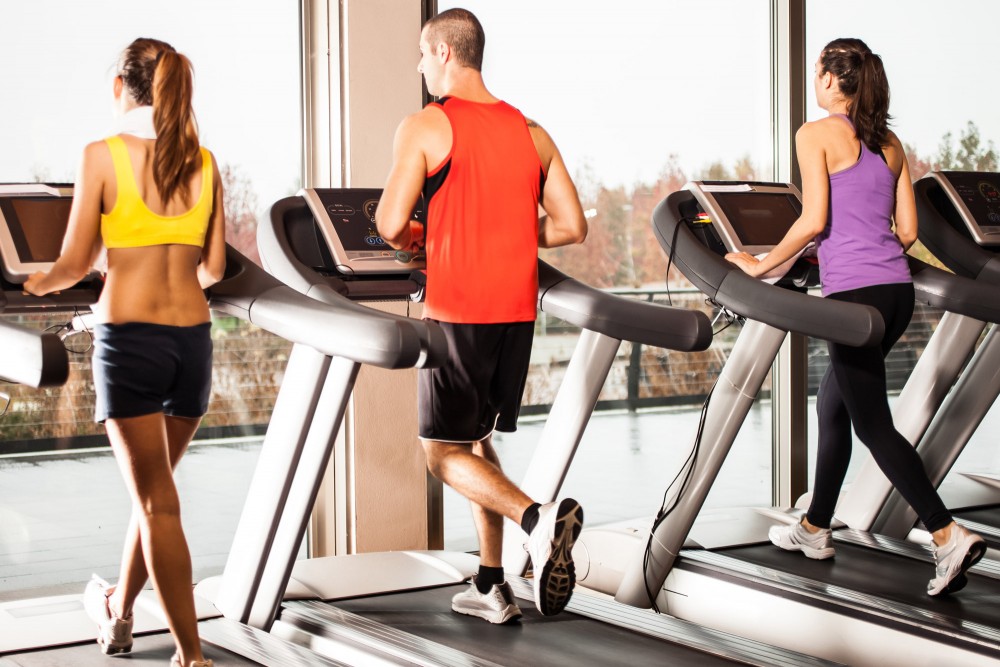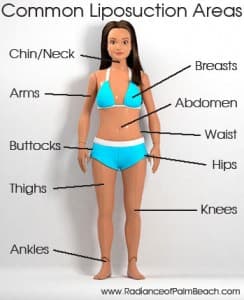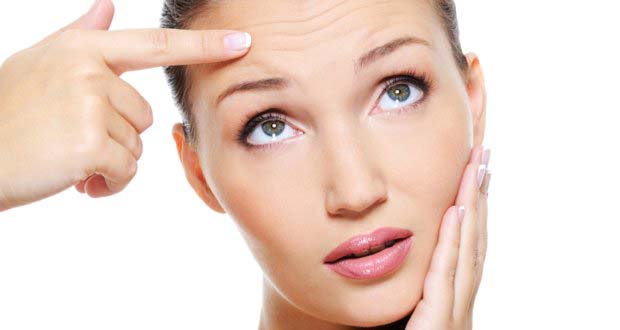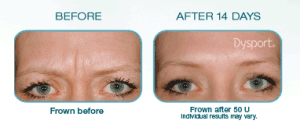
Top Liposuction Questions Answered, Part 2
At New Radiance Cosmetic Center of Palm Beach, we receive countless questions about our procedures. In this series of posts, we will attempt to answer the most common and important liposuction questions (to read Part I, click here).
Why Can’t I Just Exercise the Fat Away?
Stop us if this sounds familiar: you’ve watched what you eat, you exercise daily, and you still have your love handles, or your belly, or some other fat storage you just can’t get rid of.
Excess fat deposits are unfortunately due to your genetics, and when they form on your abdomen, hips, buttocks, thighs, knees or chin, there is not much you can do on your own to eliminate it completely.
Liposuction, however, can. Cosmetically sculpting the body enables you to remove the fatty deposits which stubbornly won’t go away through exercise and diets. Once those fat deposits have been removed, the elasticity of the skin causes it to contract in the spots where fat has been taken out, making your body appear slimmer after liposuction.*
Am I Too Old/Too Young to Get Liposuction?
Liposuction works best in young people, thanks to the overall better resiliency and elasticity in youthful skin. Those over 65 years old might not get the results in someone who is 35, for example, or even 49. This is a general statement, however, and is entirely due to the overall condition of the person’s skin.
It is never a good idea to change the body via surgery while the body is still growing (i.e. adolescence), although it has been done in some extreme cases. It is not recommended for the average child, who can still affect the long-term shape of their body.
Will I Regain Weight Lost During Liposuction?
Weight can always be regained if the intake of calories exceeds the burning of calories. But the fat that cells that are removed will not returns as the cells themselves are removed.*
We’ll explain: scientists believe that the fat cells, or lipocytes, that are formed in childhood stay with that person for the rest of their life. New fat cells are no longer produced after a certain age, which results in your “normal” body shape. This is why people who were overweight as youths are more likely to be overweight as adults.1
What liposuction can do is eliminate excess fat cells from certain areas, changing the shape of the person who underwent the procedure. If weight is put back on, fat cells in other areas will grow instead — even, possibly, in areas which were treated, in the fat cells which remain.
For this reason, it is recommended that people not revert to a fatty diet or a sedentary lifestyle after liposuction. Liposuction should be considered as part of an overall healthy makeover, not solely as a quick fix in order to continue living unhealthily.






